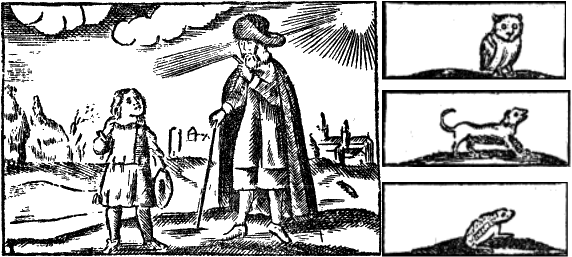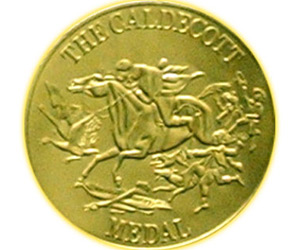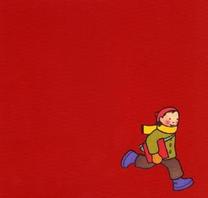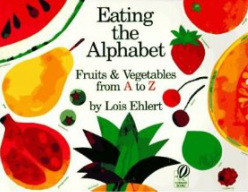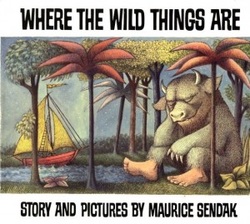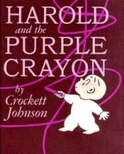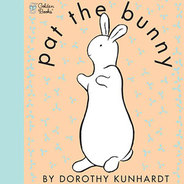Picture Books |
When words are not enough...
But if you thought that picture books are just for the pre-school and primary crowd, you'd be mistaken. So let's explore picture books for all ages... |
"To stir up the attention..."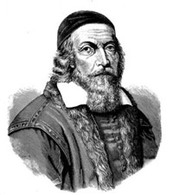 courtesy: Comenius Foundation
John Amos Comenius, a Moravian theologian and educational reformer, is thought to have created the first picture book for children in 1658. His book, Orbis Sensualium Pictus or Visible World, was intended to be an elementary encyclopedia, however it was revolutionary among textbooks because it was illustrated with pictures from woodcuts. He stated that his objective in adding pictures to his informational text was to "stir up the attention... by sport, and a merry pastime." I'm not sure how much time he spent around children, but he was absolutely right. Illustrations -- be they hand-drawn or photographed -- definitely capture the attention of the reader, young or old.
|
The Caldecott MedalThe Caldecott Medal was named in honor of nineteenth-century English illustrator Randolph Caldecott. It is awarded annually by the Association for Library Service to Children, a division of the American Library Association, to the artist of the most distinguished American picture book for children.
The committee usually names several honor books as well as the medal winner. |
How to find great picture books...Here are some good resources for finding the best picture books, from classics to those just off the presses:
ALA's 2013 Notable Books for Children ALA's Past Notable Book Lists Best Read Alouds Book-a-Day Almanac Children's Book Guide Des Plaines Library Booklists Good Books for Kids ISLMA Monarch Award Lists Multicultural Books@RIF Reading Rockets ReadKiddoRead Rod Library's Too Good to Miss SLJ's Fuse #8 Top 100 Survey List Teachers' Top 25 Picture Books |
